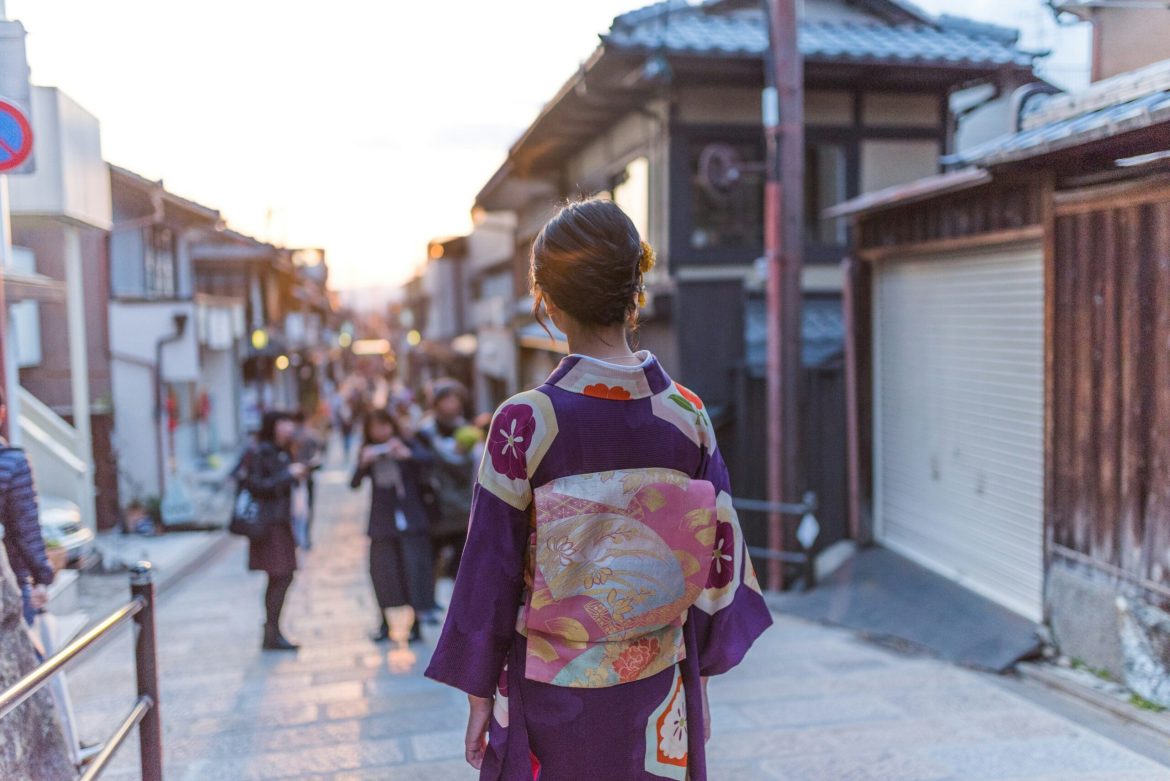Japan boasts the world’s second most powerful passport, allowing visa-free access to 190 destinations.
Yet, only 17.5% of its population holds one, raising questions about why so few Japanese citizens take advantage of global mobility.
This figure, based on data from December 2024, represents just 21.6 million passports in circulation.
Despite a steady recovery in outbound travel following the COVID-19 pandemic, Japan’s passport ownership remains significantly lower than other developed nations.
The United States, for instance, has over 50% of its population holding valid passports, up from just 5% in 1990.
The disparity highlights Japan’s unique travel trends, where factors such as a depreciating yen, a preference for domestic tourism, and economic concerns have reshaped international travel patterns.
Even as Japan welcomes record-breaking numbers of foreign tourists, its citizens are opting to stay home in greater numbers than before.
Why few Japanese travel abroad
The reluctance of Japanese citizens to obtain passports stems from a combination of economic, cultural, and historical factors. One major reason is Japan’s robust domestic tourism industry.
The country offers world-class travel destinations, including Kyoto, Okinawa, and Hokkaido, which have seen a resurgence in domestic visits after the pandemic.
The yen’s prolonged weakness—losing nearly a third of its value in the last five years—has made international travel significantly more expensive.
Combined with rising inflation and a stagnant wage environment, these financial barriers have discouraged overseas trips.
Another contributing factor is Japan’s long-standing work culture.
Unlike many Western countries that prioritise extended holidays, Japan’s demanding job market offers limited time off, making long-haul travel less practical.
Many employees are hesitant to take extended vacations, further reducing the incentive to hold a passport.
Travel rebound is still slow
Although international travel from Japan is gradually picking up, it remains below pre-pandemic levels. In 2019, more than 20 million Japanese citizens travelled abroad.
The pandemic’s impact on travel habits continues to linger. During the peak of COVID-19 restrictions, strict border controls and quarantine requirements kept many Japanese citizens from travelling overseas.
While those restrictions have lifted, the shift towards domestic tourism and concerns over economic stability have slowed the rebound.
Foreign tourism surges as Japanese stay put
Ironically, while fewer Japanese are travelling abroad, inbound tourism to Japan has hit record highs.
More than 36 million foreign visitors arrived in the country last year, attracted by Japan’s unique cultural heritage, advanced infrastructure, and favourable exchange rates that make travel more affordable for international tourists.
This influx has revitalised key tourist hubs like Tokyo, Osaka, and Kyoto, bringing much-needed revenue to the hospitality sector.
It also underscores the contrast between Japan’s global appeal and its citizens’ reluctance to explore beyond their borders.
With the yen’s volatility and economic uncertainty weighing on travel decisions, Japan’s outbound tourism market remains subdued.
While passport ownership may rise if economic conditions improve, for now, Japan remains a country where world-class travel credentials are underutilised.
The post Japan’s passport ranks No. 2 globally, yet only 17.5% of citizens have one appeared first on Invezz

